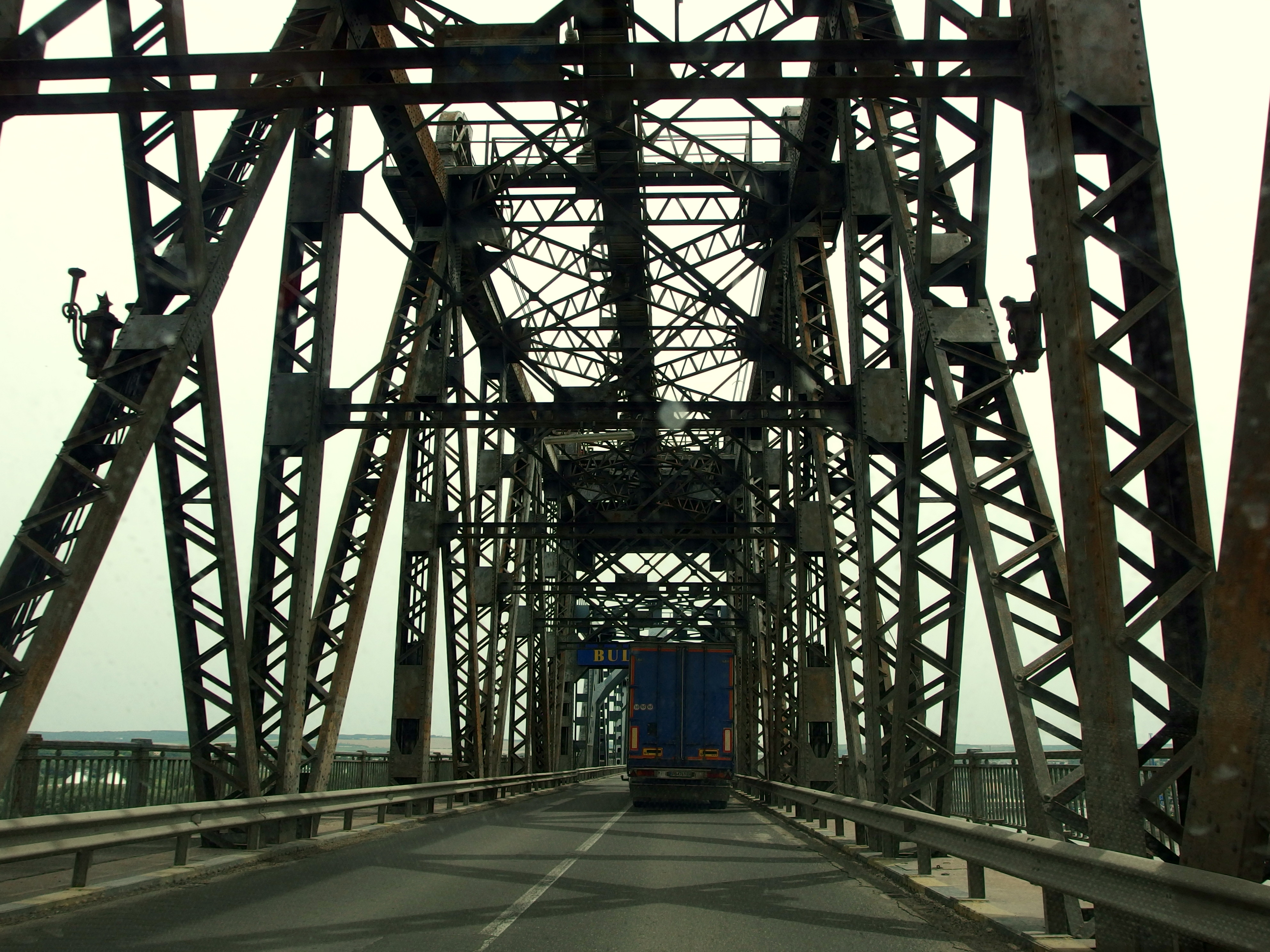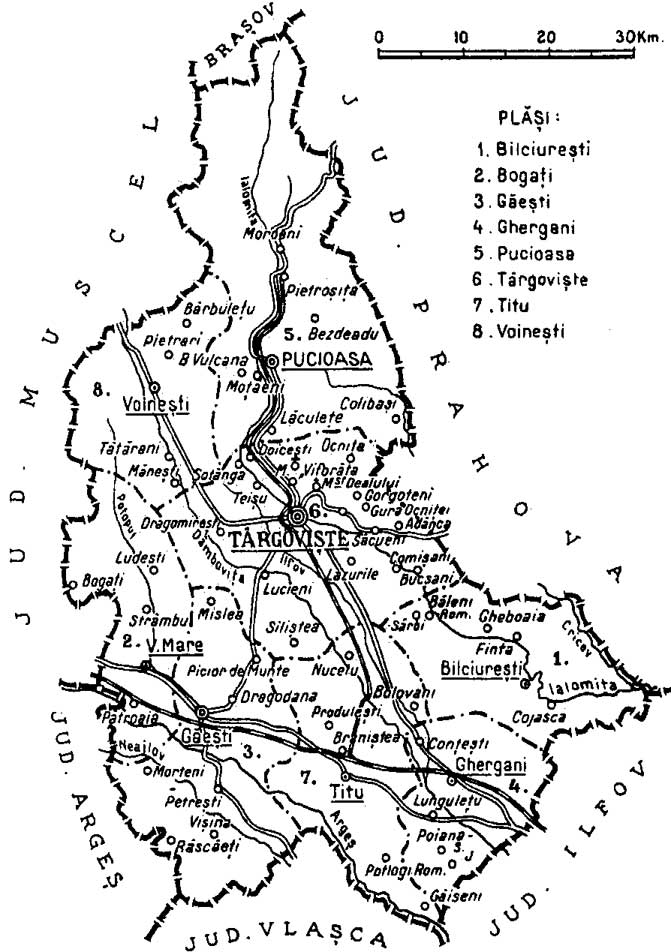|
Florești-Stoenești
Florești-Stoenești is a commune located in Giurgiu County, Muntenia, Romania. It is composed of three villages: Florești, Palanca, and Stoenești; the last one is the administrative centre. The commune is located on the northern edge of the county, on the border with Dâmbovița County Dâmbovița County (; also spelt Dîmbovița) is a county () of Romania, in Muntenia, with the capital city at Târgoviște, the most important economic, political, administrative and cultural center of the county. It is a traditional administra .... It lies on the banks of the Sabar River and on the right bank of the Argeș River. Florești-Stoenești is crossed by the A1 motorway, on which it is served by an exit. References Communes in Giurgiu County Localities in Muntenia {{Giurgiu-geo-stub ... [...More Info...] [...Related Items...] OR: [Wikipedia] [Google] [Baidu] |
Sabar (river)
The Sabar or Răstoaca is a left tributary of the river Argeș (river), Argeș in Romania. It discharges into the Argeș in Valea Dragului. e-calauza.ro Its source is near the village Bogați, Glâmbocel, west of Târgoviște. For much of its length, it flows parallel to and at a short distance from the Argeș. Its length is and its basin size is . Towns and villages The following towns and villages are situated along the river Sabar, from source to mouth: Bântău, Glâmbocata, Crângurile de Jos, Găești, Dragodana, Mătăsaru, Costeștii din Vale, Crovu, Potlogi, Florești-Stoenești, Florești, Florești-Stoenești, Stoenești, Florești-Stoenești, Palanca, Ulmi, Giurgiu, Poenari, Bolintin-Vale, Mihai Vodă, Domnești, Ilfov, Domnești, Bragadiru, Măgurele, Jil ...[...More Info...] [...Related Items...] OR: [Wikipedia] [Google] [Baidu] |
Giurgiu County
Giurgiu () is a county ('' județ'') of Romania on the border with Bulgaria, in Muntenia, with the capital city at Giurgiu. Demographics In 2011, it had a population of 265,494 and the population density was . * Romanians – 96% * Romani – 3.9% * Unknown – 0.1% Geography This county has a total area of . The county is situated on a plain – the Southern part of the Wallachian Plain. The landscape is flat, crossed by small rivers. The southern part is the valley of the Danube which forms the border with Bulgaria. In the North, the Argeș River and Dâmbovița River flow. Neighbours * Călărași County in the East. * Teleorman County in the West. * Ilfov County and Dâmbovița County in the North. * Bulgaria in the South – Ruse Province and Silistra Province. Politics The Giurgiu County Council, renewed at the 2020 local elections, consists of 30 counsellors, with the following party composition: Administrative divisions Giurgiu County has 1 ... [...More Info...] [...Related Items...] OR: [Wikipedia] [Google] [Baidu] |
Commune In Romania
A commune (''comună'' in Romanian language, Romanian) is the lowest level of administrative subdivision in Romania. There are 2,686 communes in Romania. The commune is the rural subdivision of a Counties of Romania, county. Urban areas, such as towns and cities within a county, are given the status of ''Cities in Romania, city'' or ''Municipality in Romania, municipality''. In principle, a commune can contain any size population, but in practice, when a commune becomes relatively urbanised and exceeds approximately 10,000 residents, it is usually granted city status. Although cities are on the same administrative level as communes, their local governments are structured in a way that gives them more power. Some urban or semi-urban areas of fewer than 10,000 inhabitants have also been given city status. Each commune is administered by a mayor (''primar'' in Romanian). A commune is made up of one or more villages which do not themselves have an administrative function. Communes ... [...More Info...] [...Related Items...] OR: [Wikipedia] [Google] [Baidu] |
Muntenia
Muntenia (, also known in English as Greater Wallachia) is a historical region of Romania, part of Wallachia (also, sometimes considered Wallachia proper, as ''Muntenia'', ''Țara Românească'', and the rarely used ''Valahia'' are synonyms in Romanian). It is situated between the Danube (south and east), the Carpathian Mountains (the Transylvanian Alps branch) and Moldavia (both north), and the Olt River to the west. The latter river is the border between Muntenia and Oltenia (or ''Lesser Wallachia''). Part of the traditional border between Wallachia/Muntenia and Moldavia was formed by the rivers Milcov and Siret. Geography Muntenia includes București - Ilfov, Sud - Muntenia, and part of the Sud-Est development regions. It consists of nine counties entirely: * Brăila * Buzău * Călărași * Argeș * Dâmbovița * Giurgiu * Ialomița * Ilfov * Prahova And parts of four others: * Teleorman (the entire county with the exception of Islaz) * Vrancea (southern p ... [...More Info...] [...Related Items...] OR: [Wikipedia] [Google] [Baidu] |
Romania
Romania is a country located at the crossroads of Central Europe, Central, Eastern Europe, Eastern and Southeast Europe. It borders Ukraine to the north and east, Hungary to the west, Serbia to the southwest, Bulgaria to the south, Moldova to the east, and the Black Sea to the southeast. It has a mainly continental climate, and an area of with a population of 19 million people. Romania is the List of European countries by area, twelfth-largest country in Europe and the List of European Union member states by population, sixth-most populous member state of the European Union. Europe's second-longest river, the Danube, empties into the Danube Delta in the southeast of the country. The Carpathian Mountains cross Romania from the north to the southwest and include Moldoveanu Peak, at an altitude of . Bucharest is the country's Bucharest metropolitan area, largest urban area and Economy of Romania, financial centre. Other major urban centers, urban areas include Cluj-Napoca, Timiș ... [...More Info...] [...Related Items...] OR: [Wikipedia] [Google] [Baidu] |
Dâmbovița County
Dâmbovița County (; also spelt Dîmbovița) is a county () of Romania, in Muntenia, with the capital city at Târgoviște, the most important economic, political, administrative and cultural center of the county. It is a traditional administrative unit, first attested in 1512. Demographics In 2021, it had a population of 479,404 and the population density was 120/km2. It is one of the most densely populated counties in Romania. * Romanians – 87.09% * Roma - 3.96% * Bulgarians - 0.31% * Serbians 0.1% * Others - 0.13% * Unknown - 8.41% Name The county is named after the Dâmbovița River, which is a name of Slavic origin, derived from ''Дъб, dâmb'', meaning "oak", as it once flowed through the oak forests of the Wallachian Plain. Geography Dâmbovița county has a total area of 4,054 km2 (1.7% of the country's surface). It is situated in the south-central part of the country, on the Ialomița and Dâmbovița river basins. The highest altitude is Omu Pe ... [...More Info...] [...Related Items...] OR: [Wikipedia] [Google] [Baidu] |
Argeș (river)
The Argeș () is a river in Southern Romania, a left tributary of the Danube. It is long, and its basin area is . Its source is in the Făgăraș Mountains, in the Southern Carpathians and it flows into the Danube at Oltenița. Its average discharge at the mouth is . The main city on the Argeș is Pitești. Upstream, it is retained by the Vidraru Dam, which has created Lake Vidraru. Its upper course, upstream of Lake Vidraru, is also called ''Capra''. Name The river is believed to be the same as Ὀρδησσός ''Ordessus'', a name mentioned by Ancient Greek historian Herodotus. The etymology of Argeș is not clear. Traditionally, it was considered that it is derived from the ancient name, through a reconstructed term, *''Argessis''. The capital of Dacian leader Burebista was named ''Argedava'', but it appears that it has no link with the name for the river.Alexandru Madgearu, "Români și pecenegi în sudul Transilvaniei", in Zeno-Karl Pinter, Ioan-Marian Țiplic, Ma ... [...More Info...] [...Related Items...] OR: [Wikipedia] [Google] [Baidu] |
A1 Motorway (Romania)
The A1 motorway () is a partially built motorway in Romania, planned to connect Bucharest with the Banat and Crișana regions in the western part of the country and the rest of Europe. When completed it will be 581 kilometers long and it will span the country on the approximative south-east to north west direction. The motorway starts in the western part of Bucharest and connects the following major cities: Pitești, Sibiu, Deva, Romania, Deva, Timișoara, Arad, Romania, Arad, reaching Hungary's M43 motorway (Hungary), M43 motorway near Nădlac. As the motorway is built along the Trans-European Transport Networks Rhine-Danube Corridor the construction receives 85% funding from the European Union. The road is part of the proposed Via Carpathia, Via Carpatia route. As of June 2025, the combined length of the opened sections totals 487 kilometers, with all the remaining sections under construction. The parts of the motorway currently in service include the Bucharest – C ... [...More Info...] [...Related Items...] OR: [Wikipedia] [Google] [Baidu] |
Communes In Giurgiu County
A commune is an alternative term for an intentional community. Commune or comună or comune or other derivations may also refer to: Administrative-territorial entities * Commune (administrative division), a municipality or township ** Communes of Algeria ** Communes of Angola ** Communes of Belgium ** Communes of Benin ** Communes of Burundi ** Communes of Chile ** Communes of the Democratic Republic of the Congo ** Communes of France ** Communes of Italy, called ''comune'' ** Communes of Luxembourg ** Communes of Moldova, called ''comună'' ** Communes of Niger ** Communes of Romania, called ''comună'' ** Communes of Switzerland ** Commune-level subdivisions (Vietnam) *** Commune (Vietnam) *** Commune-level town (Vietnam) ** People's commune, highest of three administrative levels in rural China, 1958 to 1983 Government and military/defense * Agricultural commune, intentional community based on agricultural labor * Commune (rebellion), a synonym for uprising or revolutionary g ... [...More Info...] [...Related Items...] OR: [Wikipedia] [Google] [Baidu] |

